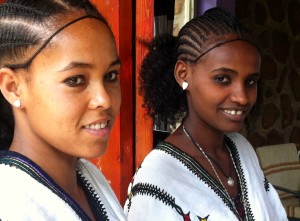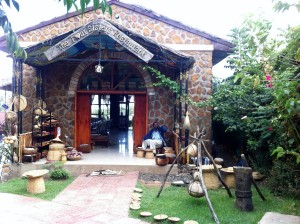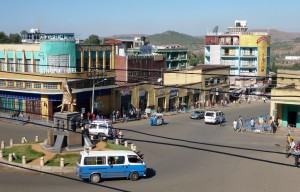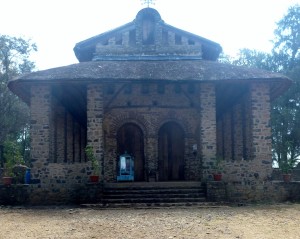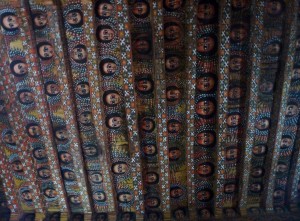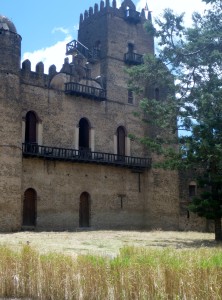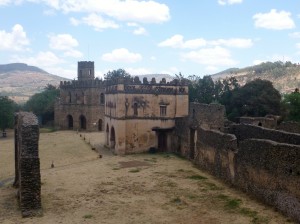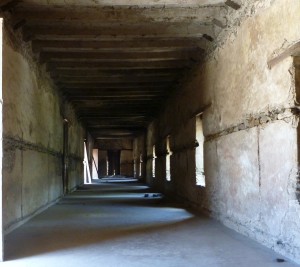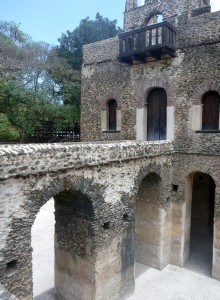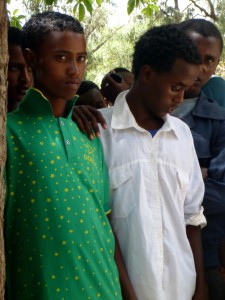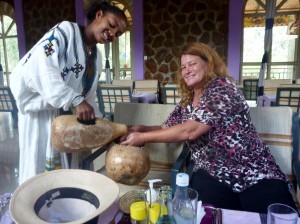Getting on the flight on time to fly north from Addis Ababa to Gondar in northern Ethiopia can be a challenge.
The problem is that Ethiopian clocks start at sunrise with 1 o’clock being the first hour after sunrise using local time, but 7am using the international clock. This communication issue can be further compounded by the fact that although your plane might be scheduled to depart at 10am, this could strangely be brought forwards to 9am without any explanation.
But when miraculously I get on the right plane on time and score a window seat and the plane is headed north, I catch sight of the River Nile winding through tiny villages, small farms, rugged mountains and large lakes.
Once in Gondar we are met by our guide organised by Pam Robbie’s Women Travel the World agency, and head into town for a late breakfast.
First stop after breakfast is the 17th century stone Debre Birhan Selassie church, built by Emperor Eyasu II, and filled with murals that tell the Christian story. Hagos, our guide, leans on one of the old wooden staffs still used by parishioners to listen to services to tell us what the paintings all mean. He relates way more facts than any of us will ever be able to remember, but at least it gives us a sense of what it all means.
From 1665 to 1864, the city of Gondar served as the Capital of the Ethiopian Empire site, and successive emperors built palaces on one site known as the Palace Compound. Here we realise just how many facts Hagos keeps in his head. Despite never having travelled far from Gondar, Hagos seems to have an answer for all our questions and we dub him Mr Google!
The last structures to be built in the Palace Compound were the stone lion dens and cages set up by Emperor Haile Selassie. I am relieved that lions are no longer left in such a cramped space, although Hagos assures us they were frequently taken out for walks.
After lunch at the wonderful 4 Sisters restaurant set in a hidden pocket of lush forest, we check out the ancient Bath of Fasilades, which is a sunken pool with a small stone house set inside it. The pool is dry in April, but each year it is filled as part of the Timkat Festival. We sit in the shade of an old fig tree and listen to Hagos’ litany of facts and try to imagine the pool full of people as others dive amongst them from the balconies of the house. You can almost hear the children laughing as they splash in the cool of the water.
Amasaygenarloo, “thankyou,” Hagos for sharing your rich local knowledge of the past splendours of Gondar with us.
